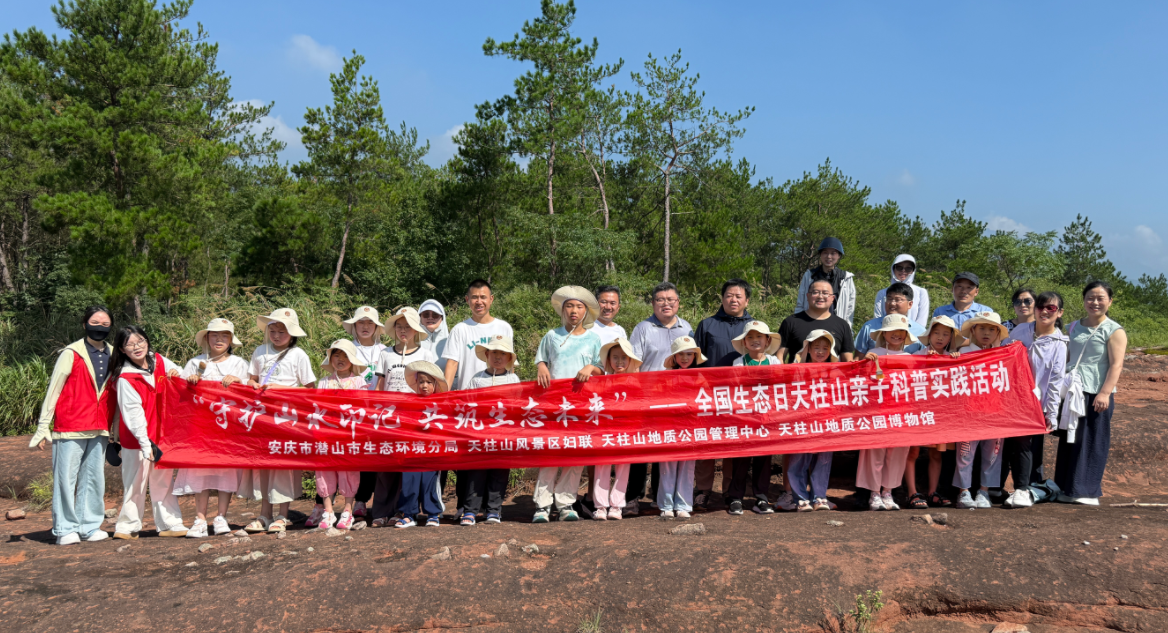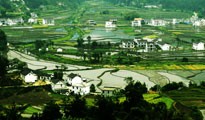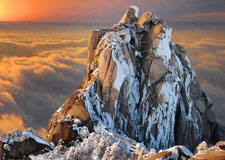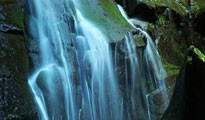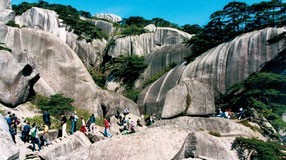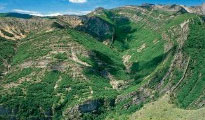Sedimentary rocks make up about 75%
of all rocks exposed on the Earth’s surface. They also are the result of
change, but they form at or near the Earth’s surface, which makes them very
different than metamorphic rocks. Wind, water, and ice constantly wear away and
weather the rocks, producing smaller pieces called sediment. The terms gravel,
sand, silt, and clay are used to describe some of the different-sized pieces of
sediment. As water flows downhill, it carries the sedimentary grains into lakes
and the ocean, where they get deposited. As the loose sediment piles up, the
grains eventually get compacted or cemented back together again. The result is
new sedimentary rock. Sandstone, conglomerate, and shale are sedimentary rocks
that have formed this way.
Sedimentary rocks are formed by the
accumulation of sediments. There are three basic types of sedimentary rocks: 1)
clastic sedimentary rocks such as breccia, conglomerate, sandstone and shale,
that are formed from weathering debris; 2) chemical sedimentary rocks such as
rock salt and some limestones, that form when dissolved materials precipitate
from solution; and, 3) organic sedimentary rocks such as coal and some
limestones which form from the accumulation of plant or animal skeletal debris.
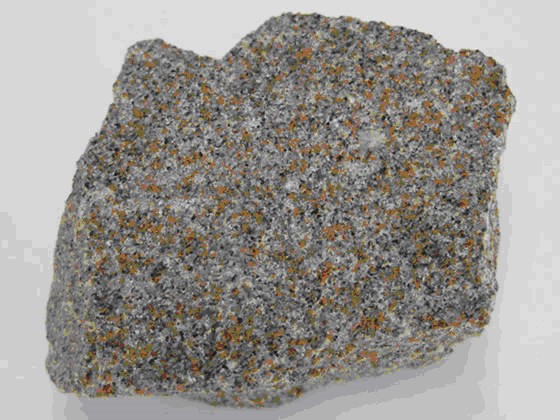
Sandstone is a clastic sedimentary
rock made up mainly of sand-size (1/16 to 2 millimeter diameter) weathering
debris. Environments where large amounts of sand can accumulate include
beaches, deserts, flood plains and deltas.
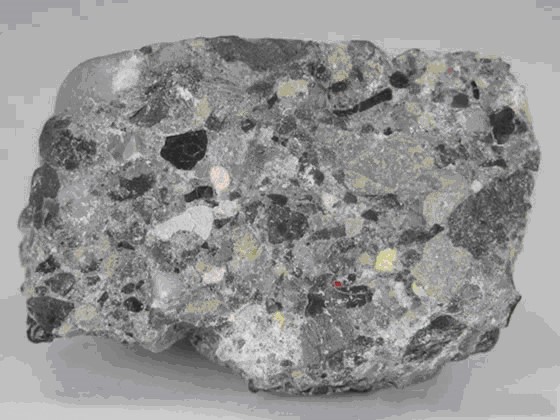
Conglomerate is a clastic sedimentary
rock that contains large (greater than two millimeters in diameter) rounded
particles. The space between the pebbles is generally filled with smaller
particles and/or a chemical cement that binds the rock together.
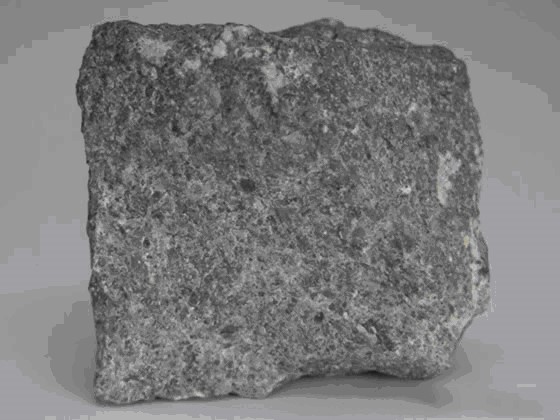
Limestone is a rock that is composed
primarily of calcium carbonate. It can form organically from the accumulation
of shell, coral, algal and fecal debris. It can also form chemically from the
precipitation of calcium carbonate from ground, lake or ocean water. Limestone
is used in many ways. Some of the most common are: production of cement,
crushed stone and acid neutralization.
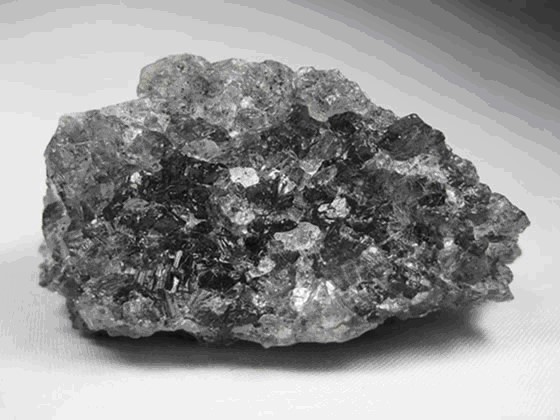
Rock Salt is a chemical sedimentary
rock that forms from the evaporation of ocean or saline lake waters. It is also
known by the mineral name "halite". It is rarely found at Earth's
surface, except in areas of very arid climate. It is often mined for use in the
chemical industry or for use as a winter highway treatment. Some halite is
processed for use as a seasoning for food.





















